-
 Bitcoin
Bitcoin $117500
2.15% -
 Ethereum
Ethereum $3911
6.19% -
 XRP
XRP $3.316
10.79% -
 Tether USDt
Tether USDt $1.000
0.01% -
 BNB
BNB $787.2
2.24% -
 Solana
Solana $175.2
4.15% -
 USDC
USDC $0.9999
0.00% -
 Dogecoin
Dogecoin $0.2225
8.40% -
 TRON
TRON $0.3383
0.28% -
 Cardano
Cardano $0.7868
6.02% -
 Stellar
Stellar $0.4382
9.34% -
 Hyperliquid
Hyperliquid $40.92
7.56% -
 Sui
Sui $3.764
7.63% -
 Chainlink
Chainlink $18.48
10.66% -
 Bitcoin Cash
Bitcoin Cash $582.1
1.88% -
 Hedera
Hedera $0.2601
6.30% -
 Avalanche
Avalanche $23.33
4.94% -
 Ethena USDe
Ethena USDe $1.001
0.02% -
 Litecoin
Litecoin $122.3
2.04% -
 UNUS SED LEO
UNUS SED LEO $8.969
-0.27% -
 Toncoin
Toncoin $3.339
0.86% -
 Shiba Inu
Shiba Inu $0.00001287
4.30% -
 Uniswap
Uniswap $10.43
7.38% -
 Polkadot
Polkadot $3.861
5.08% -
 Dai
Dai $1.000
0.02% -
 Bitget Token
Bitget Token $4.513
3.41% -
 Monero
Monero $267.7
-6.18% -
 Cronos
Cronos $0.1499
4.14% -
 Pepe
Pepe $0.00001110
5.15% -
 Aave
Aave $284.9
8.28%
What is the liquidation mechanism of OKX contract? How to avoid forced liquidation?
OKX's liquidation mechanism maintains market stability by closing positions when margin falls below the maintenance level, using partial or full liquidation to manage risk.
May 03, 2025 at 07:00 am
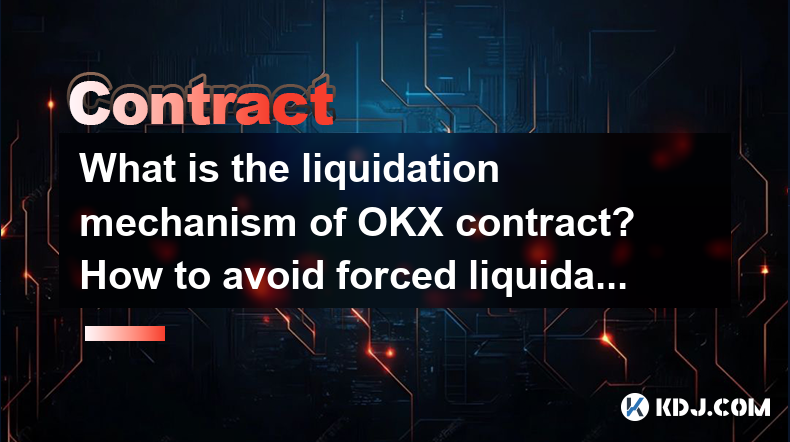
The liquidation mechanism of OKX contract is an essential feature designed to maintain market stability and protect both the platform and its users from excessive risk. Understanding how this mechanism works is crucial for anyone trading on OKX, as it directly impacts the potential outcomes of their trades. In this article, we will explore the liquidation mechanism in detail and provide strategies to avoid forced liquidation.
Understanding Liquidation on OKX
Liquidation occurs when a trader's position is automatically closed by the platform due to insufficient margin to maintain the position. This is a protective measure to prevent further losses that could exceed the trader's available funds. On OKX, liquidation can happen under two main conditions: when the account's margin balance falls below the maintenance margin requirement or when the position's unrealized losses reach a predetermined threshold.
The maintenance margin is the minimum amount of margin that must be maintained in the account to keep a position open. If the margin balance drops below this level, the position is at risk of liquidation. OKX calculates the maintenance margin based on the position size and the current market volatility, ensuring that it reflects the actual risk involved.
Types of Liquidation on OKX
OKX employs two types of liquidation: partial liquidation and full liquidation. Partial liquidation occurs when only a portion of the position is closed to bring the margin balance back above the maintenance margin level. This is often used to minimize the impact on the trader's overall position. Full liquidation, on the other hand, closes the entire position when the margin balance cannot be restored through partial liquidation.
Partial liquidation is beneficial for traders as it allows them to retain part of their position while still addressing the immediate risk. However, if the market continues to move against the position, full liquidation may still occur. It is important for traders to monitor their positions closely and adjust their strategies accordingly.
How Liquidation Works on OKX
When a position on OKX is at risk of liquidation, the platform initiates a liquidation order. This order is designed to close the position at the best available price to minimize losses. OKX uses an auto-deleveraging (ADL) system to manage these orders, ensuring that they are executed efficiently and fairly.
The ADL system prioritizes the liquidation orders based on the size of the position and the margin level. Traders with larger positions and lower margin levels are more likely to be liquidated first. This system helps to maintain market stability by ensuring that high-risk positions are addressed promptly.
Strategies to Avoid Forced Liquidation
To avoid forced liquidation on OKX, traders can employ several strategies. The first step is to monitor the margin level closely. By keeping the margin level above the maintenance margin requirement, traders can avoid the risk of liquidation.
- Increase the initial margin: Starting with a higher initial margin can provide a buffer against market volatility, reducing the likelihood of liquidation.
- Use stop-loss orders: Setting stop-loss orders can help limit potential losses by automatically closing positions when the market moves against them.
- Reduce position size: Trading with smaller position sizes can lower the risk of liquidation, as smaller positions require less margin to maintain.
- Diversify positions: Spreading trades across different assets can help mitigate risk, as losses in one position may be offset by gains in another.
Tools and Features on OKX to Help Avoid Liquidation
OKX offers several tools and features that can help traders manage their risk and avoid liquidation. The risk management dashboard provides real-time information on margin levels, unrealized profits and losses, and potential liquidation prices. This allows traders to make informed decisions and take action to protect their positions.
- Margin calculator: OKX's margin calculator helps traders determine the required margin for different positions, enabling them to plan their trades more effectively.
- Position management tools: These tools allow traders to adjust their positions, set stop-loss and take-profit orders, and monitor their overall risk exposure.
- Alerts and notifications: OKX provides customizable alerts and notifications that can warn traders when their positions are approaching liquidation levels, giving them time to take corrective action.
Understanding Liquidation Fees and Costs
When a position is liquidated on OKX, there may be associated fees and costs. Liquidation fees are charged to cover the costs of executing the liquidation order and managing the process. These fees are typically a percentage of the liquidated position's value and are deducted from the trader's account.
In addition to liquidation fees, traders may also incur slippage costs. Slippage occurs when the liquidation order is executed at a price different from the expected price, resulting in additional losses. OKX's ADL system aims to minimize slippage by prioritizing liquidation orders and executing them efficiently.
Case Studies and Examples of Liquidation on OKX
To better understand how liquidation works on OKX, let's look at a few case studies and examples. In the first case, a trader opens a long position on Bitcoin with an initial margin of $1,000. The maintenance margin requirement is set at $500. If the market price of Bitcoin drops significantly, causing the unrealized losses to exceed $500, the position may be partially liquidated to restore the margin balance.
In another example, a trader has a short position on Ethereum with a margin balance of $2,000 and a maintenance margin requirement of $1,000. If the price of Ethereum rises sharply, causing the unrealized losses to approach the maintenance margin level, the trader may receive a warning from OKX's risk management dashboard. By taking action to increase the margin or reduce the position size, the trader can avoid full liquidation.
Frequently Asked Questions
Q: Can I manually close a position before it is liquidated?
A: Yes, traders can manually close their positions at any time before the liquidation process is initiated. By monitoring their margin levels and market conditions, traders can take proactive steps to close positions and avoid liquidation.
Q: What happens to the remaining margin after liquidation?
A: After liquidation, any remaining margin in the account is credited back to the trader. This amount can be used for future trades or withdrawn from the platform.
Q: Is there a way to appeal a liquidation decision on OKX?
A: OKX has a customer support team that can review liquidation cases. Traders can submit a request for review if they believe there was an error in the liquidation process. However, such cases are rare and typically involve technical issues rather than disputes over market conditions.
Q: How can I track my liquidation history on OKX?
A: OKX provides a detailed transaction history that includes information on liquidations. Traders can access this history through their account dashboard, allowing them to review past liquidations and learn from their experiences.
Disclaimer:info@kdj.com
The information provided is not trading advice. kdj.com does not assume any responsibility for any investments made based on the information provided in this article. Cryptocurrencies are highly volatile and it is highly recommended that you invest with caution after thorough research!
If you believe that the content used on this website infringes your copyright, please contact us immediately (info@kdj.com) and we will delete it promptly.
- FTT Token's Wild Ride: Creditor Repayments vs. Market Drop - A New Yorker's Take
- 2025-08-08 07:10:12
- Floki Crypto Price Prediction: Riding the Robinhood Rocket or Just a Meme?
- 2025-08-08 07:15:12
- EigenLayer, Restaking, and Ethereum: Navigating the Hype and the Hazards
- 2025-08-08 06:30:12
- Super Bowl 59: Jon Batiste to Jazz Up the National Anthem
- 2025-08-08 06:30:12
- Cold Wallet Crypto in 2025: The Future is Now, Ya'll
- 2025-08-08 05:10:13
- MAGACOIN, SOL, and ADA: A Tale of Shifting Tides in Crypto
- 2025-08-08 05:10:13
Related knowledge
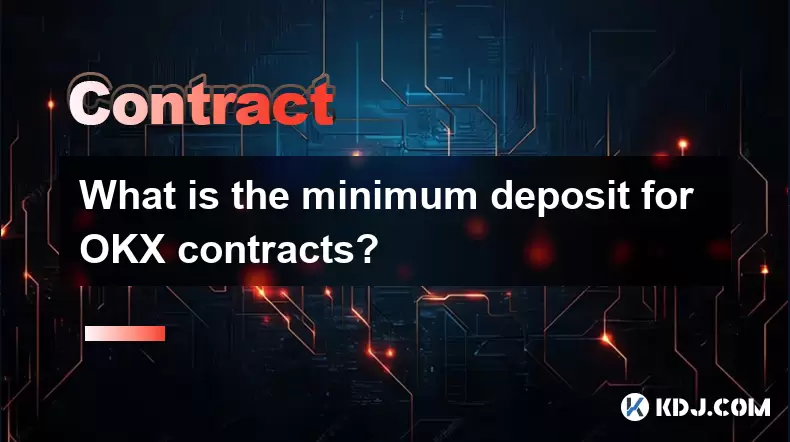
What is the minimum deposit for OKX contracts?
Aug 08,2025 at 07:00am
Understanding OKX Contract Trading BasicsOKX is one of the leading cryptocurrency derivatives exchanges, offering a wide range of perpetual and future...
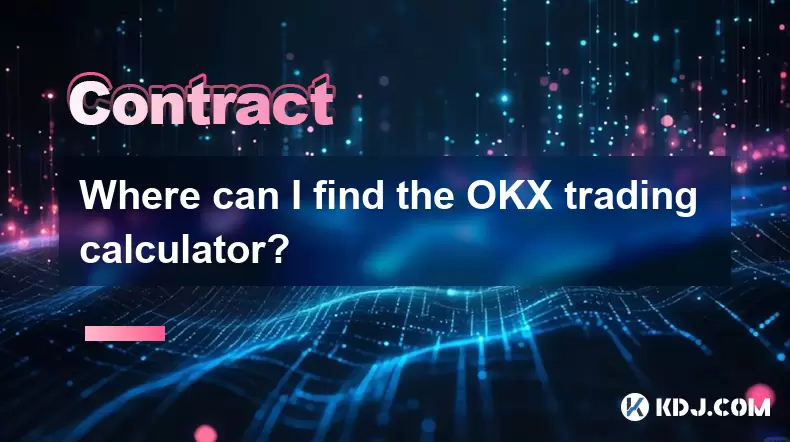
Where can I find the OKX trading calculator?
Aug 08,2025 at 07:49am
Understanding the OKX Trading Calculator FunctionalityThe OKX trading calculator is a powerful analytical tool designed to assist traders in estimatin...
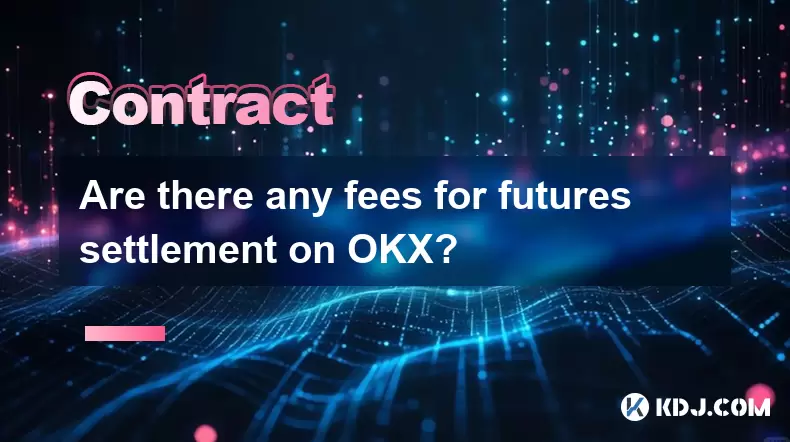
Are there any fees for futures settlement on OKX?
Aug 08,2025 at 05:35am
Understanding Futures Settlement on OKXFutures settlement on OKX refers to the process by which open futures contracts are automatically closed or mar...
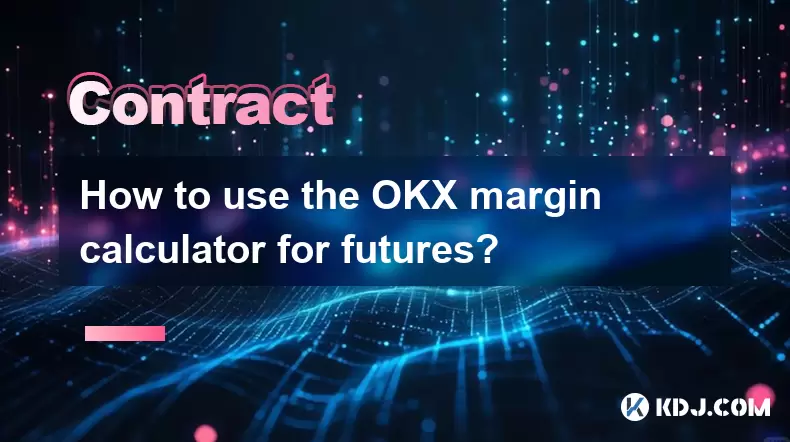
How to use the OKX margin calculator for futures?
Aug 08,2025 at 05:15am
Understanding the OKX Margin Calculator for FuturesThe OKX margin calculator is a specialized tool designed to assist traders in estimating the requir...
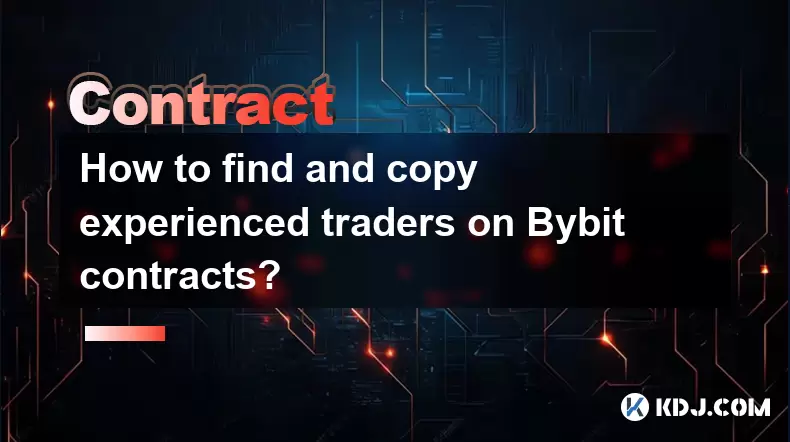
How to find and copy experienced traders on Bybit contracts?
Aug 08,2025 at 06:00am
Understanding Copy Trading on BybitBybit offers a copy trading feature that allows users to automatically replicate the contract positions of experien...
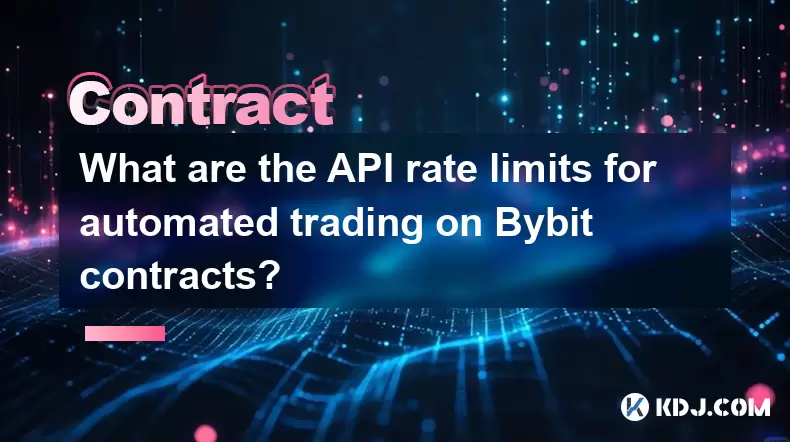
What are the API rate limits for automated trading on Bybit contracts?
Aug 08,2025 at 06:08am
Understanding API Rate Limits on BybitWhen engaging in automated trading on Bybit contracts, understanding the API rate limits is essential to prevent...

What is the minimum deposit for OKX contracts?
Aug 08,2025 at 07:00am
Understanding OKX Contract Trading BasicsOKX is one of the leading cryptocurrency derivatives exchanges, offering a wide range of perpetual and future...

Where can I find the OKX trading calculator?
Aug 08,2025 at 07:49am
Understanding the OKX Trading Calculator FunctionalityThe OKX trading calculator is a powerful analytical tool designed to assist traders in estimatin...

Are there any fees for futures settlement on OKX?
Aug 08,2025 at 05:35am
Understanding Futures Settlement on OKXFutures settlement on OKX refers to the process by which open futures contracts are automatically closed or mar...

How to use the OKX margin calculator for futures?
Aug 08,2025 at 05:15am
Understanding the OKX Margin Calculator for FuturesThe OKX margin calculator is a specialized tool designed to assist traders in estimating the requir...

How to find and copy experienced traders on Bybit contracts?
Aug 08,2025 at 06:00am
Understanding Copy Trading on BybitBybit offers a copy trading feature that allows users to automatically replicate the contract positions of experien...

What are the API rate limits for automated trading on Bybit contracts?
Aug 08,2025 at 06:08am
Understanding API Rate Limits on BybitWhen engaging in automated trading on Bybit contracts, understanding the API rate limits is essential to prevent...
See all articles

























































































